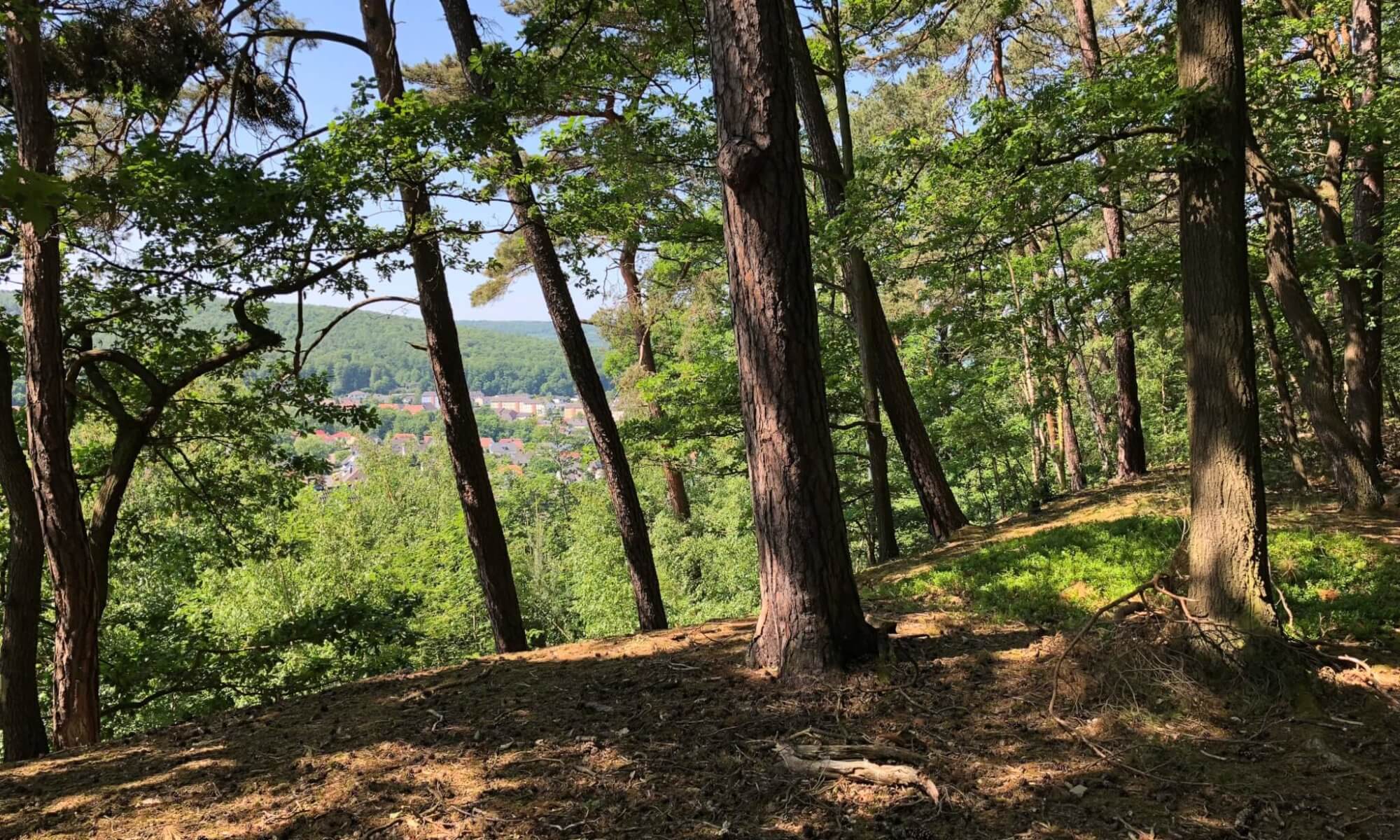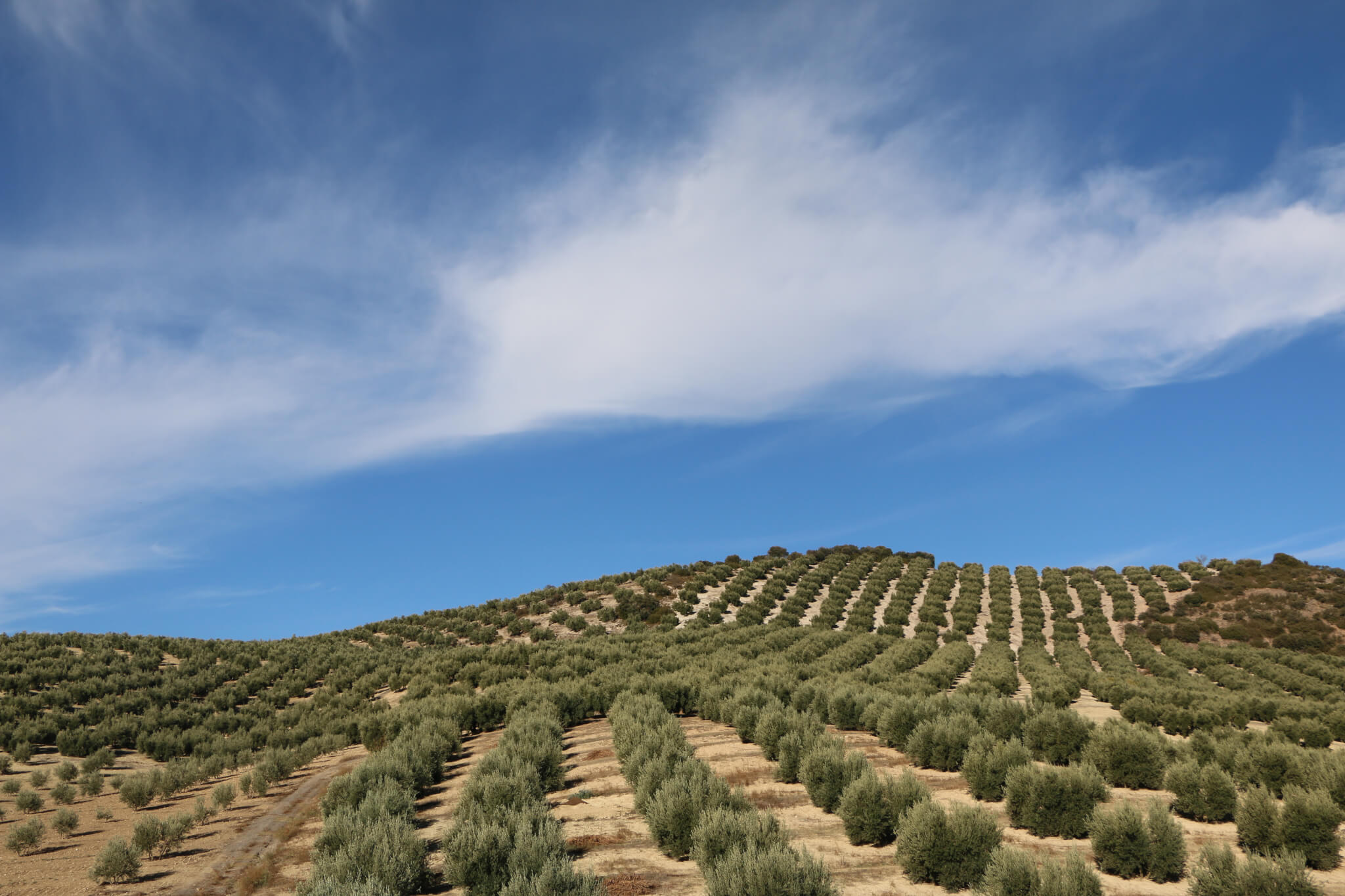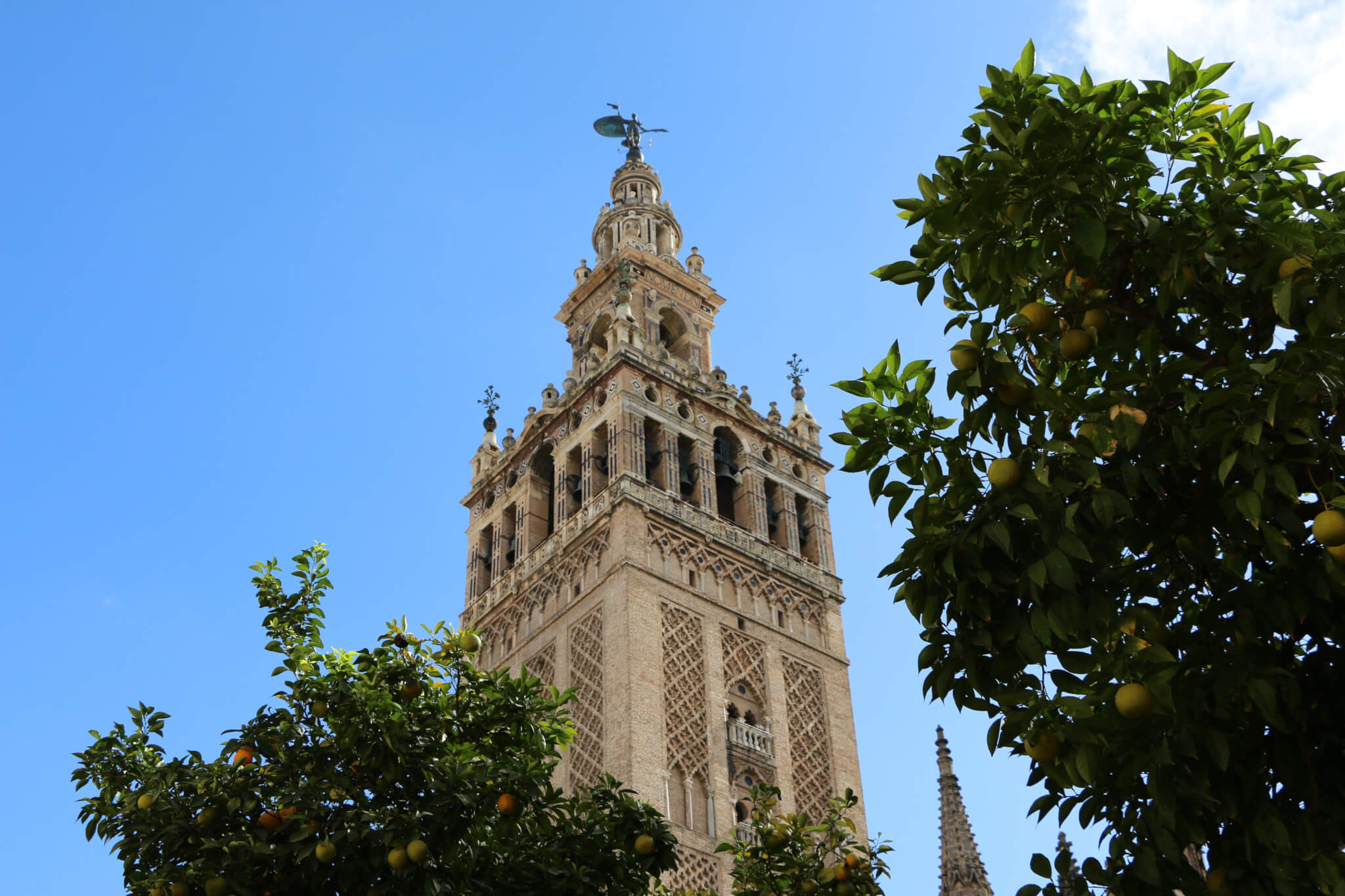After two gorgeous trips to Brazil and Israel this year I had only time for a short trip to Spain. The main reason to choose this destination was, that I had merely seen Barcelona so far – but nothing of the rest of this wonderful country. While I was in New York last year, I saw a reproduction of the Mezquita and decided to visit the original; at this point in time not knowing anything about the history of Andalucía.
Another Centre Pompidou
The Centre Pompidou in Paris, France is one of my favorite museums. It is a unique place for discovering modern art and entertaining every time I’m there. That’s why I was really surprised to find another Centre Pompidou – at Málaga, Spain. It wasn’t inside my guidebooks as it was pretty new: it opened in 2015 and shall be open for five years – the future not yet decided.
Museo Picasso
Pablo Picasso, the great Spanish painter, was born in Málaga in 1881, left early and never returned. Nevertheless a museum was created for home at the city center, close to his birthplace (which can also be visited). At his an ancient building with a big courtyard in Arab style. The few exhibits are arranged in the wings of the house.
Alcazaba & Gibralfaro
When visiting Málaga, Spain you’ll directly see a fortification on the hill above. The Alcazaba (Arab for “citadel”) has been built by the Moors in the 11th century CE. It is beautifully repaired for touristic reasons (which includes, that the reparation works are not always historically correct) and you can tour the houses and courtyards of this castle – which is especially nice because of the water flows realized throughout the area.
A city at the abyss
One of the most beautiful stops during my road trip throughout Andalucía was Ronda. No big motorway leads there. It is necessary to take streets winding through the huge mountains. But the time to travel there is invested very well: Ronda lies on the back of two lofty plains and you can stand directly at the chasm and enjoy views on the landscape surrounding the city.
Cathedral at the sea
Cádiz, Spain is a city in the eastern end of Andalucía. It is famous for its harbour which is very important for touristic sea cruises and the Spanish military fleet. The natural conditions show why: the city is located on a land tongue that reaches into the bay of Cádiz. It is maybe the perfect harbour.
Gardens, boats and towers
What comes to your mind when you think about Sevilla, Spain? Maybe bullfighting, the traditional Spanish “sports” you won’t support. Or the “Giralda”, the tower of Sevillas cathedral? I must admit, I haven’t had Sevilla on the list of places to see. Even if it will never be my most favorite city, it is a nice place stretched along river Guadalquivir.
Plaza de España
Even if you’ve never been to Sevilla, Spain you might have the feeling of having seen the Plaza de España before – if you’re a fan of Star Wars. In Episode II (“Attack of the Clones”) this place was used as a scenery depicting the planet Naboo. The scenes have been altered digitally massively, but you still get that special feeling while walking over the bridges and along the water.
La Giralda
The cathedral of Sevilla, Spain – Santa María de la Sede – dates back to 1401. It is the biggest gothic-style church in the world. Within you’ll find the grave of Christopher Columbus in a sarcophagus carried by four giant stone figures (even though the real burial-place of his remains is unclear). The church has many interesting structures but what stands out is the bell tower, “La Giralda“.
Reales Alcázares
The royal palace in Sevilla, Spain is a set of medieval buildings and differently styled gardens in the city center. It was first a moorish fortification and was then continously enhanced. Today it is a tourist attraction and still the home of the Spanish royal family when staying in Sevilla.
Continue reading “Reales Alcázares”










